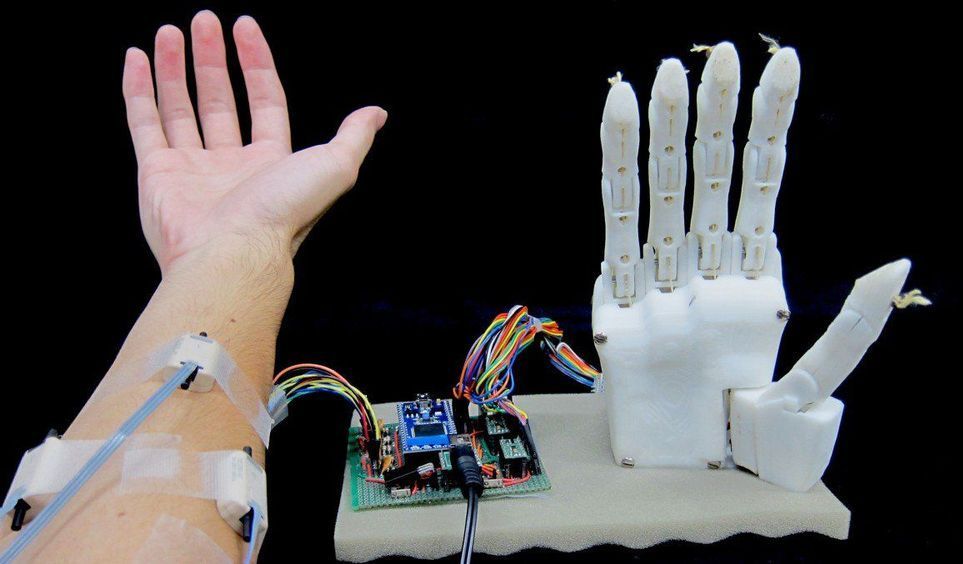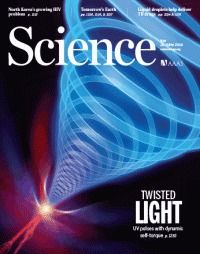Jun 27, 2019
Machine learning makes a better Luke Skywalker hand
Posted by Saúl Morales Rodriguéz in categories: 3D printing, biotech/medical, cyborgs, robotics/AI, transhumanism
A 3D-printed prosthetic hand controlled using a new AI-based approach could significantly lower the cost of bionic limbs for amputees.
Real need: There are approximately 540,000 upper-limb amputees in the United States, but sophisticated “myoelectric” prosthetics, controlled by muscle contractions, are still very expensive. Such devices cost between $25,000 and $75,000 (not including maintenance and repair), and they can be difficult to use because it is hard for software to distinguish between different muscle flexes.
Handy invention: Researchers in Japan came up with a cheaper, smarter myoelectric device. Their five-fingered, 3D-printed hand is controlled using a neural network trained to recognize combined signals—or, as they call them, “muscle synergies.” Details of the bionic hand are published today in the journal Science Robotics.

 Magnetic actuation of keyboards can have almost an infinite number of keystrokes.
Magnetic actuation of keyboards can have almost an infinite number of keystrokes.















